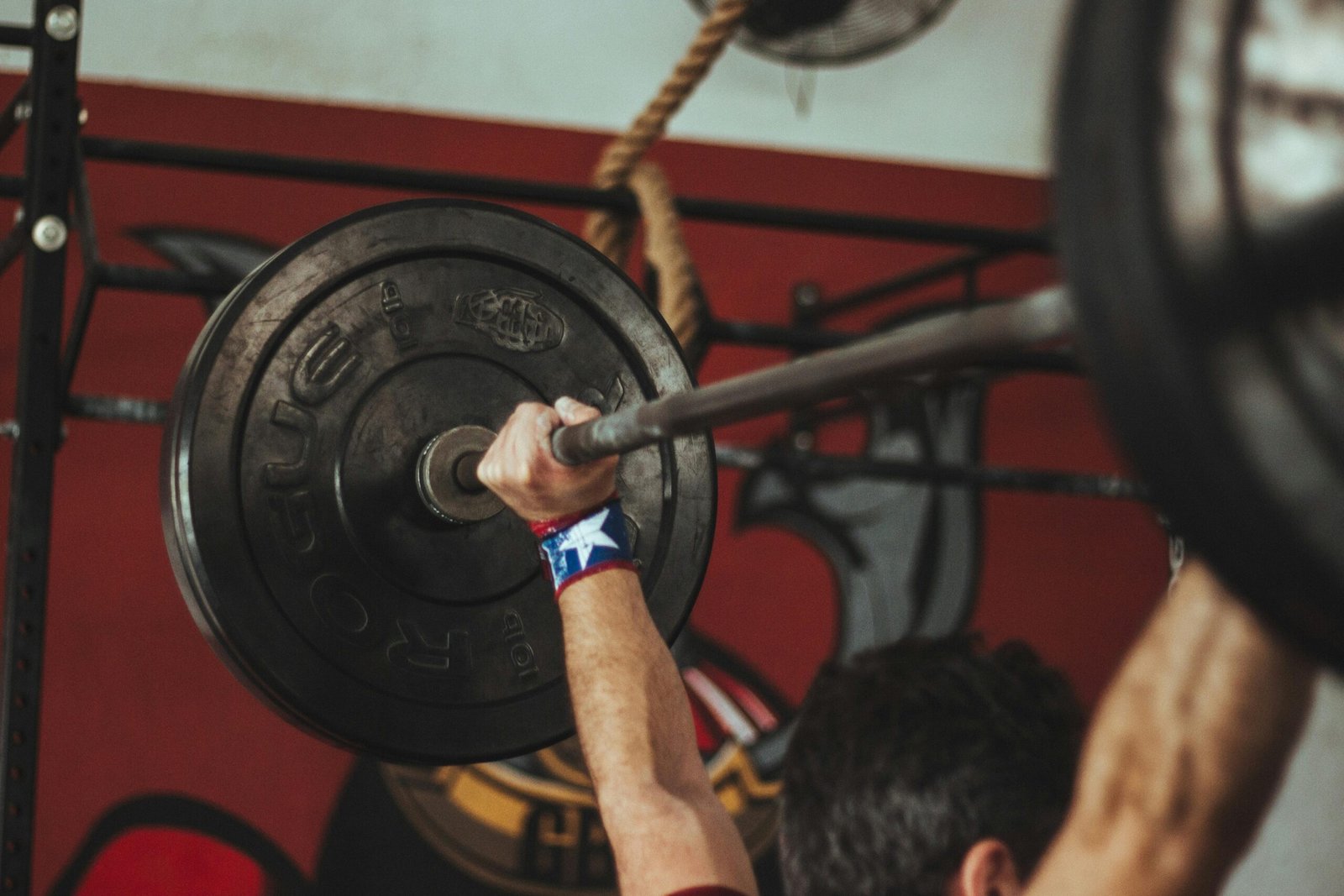The barbell tool, a simple yet essential piece of equipment in the world of weightlifting and strength training, has been used for centuries to enhance physical performance and build muscular strength. Its versatility and effectiveness have made it a staple in gyms, home workouts, and even professional athletic training. This article will delve into the history, types, benefits, and proper techniques associated with barbell training.
A Brief History of the Barbell
While the exact origins of the barbell tool are shrouded in history, it is believed to have evolved from ancient forms of weightlifting and carrying heavy objects. The modern barbell is thought to have emerged in the early 19th century, with standardized weights and lengths becoming more common in the late 19th and early 20th centuries.
Types of Barbells
There are several types of barbells, each designed for specific purposes and exercises:
Straight Barbell: This is the most common type, characterized by its straight design and fixed length. It is used for a wide range of exercises, including squats, deadlifts, bench presses, and overhead presses.
Olympic Barbell: This type is specifically designed for Olympic weightlifting competitions and features a grooved sleeve, spring collars, and a slightly curved shaft. It is used for exercises like the snatch and clean and jerk.
EZ Barbell: This barbell has a curved shaft, making it more comfortable for certain exercises like bicep curls and tricep extensions.
Safety Barbell: This type has a safety bar attached to the ends, which can be used to prevent the bar from falling onto the lifter in case of a failed lift.
Trap Bar: This barbell is shaped like a hexagon and allows for a more upright posture during exercises like deadlifts and rows.
Benefits of Barbell Training
Barbell training offers numerous benefits for both physical and mental health tool:
Increased Strength: Regular barbell training can significantly increase muscular strength and endurance.
Improved Body Composition: By combining barbell training with a balanced diet, you can build lean muscle mass and reduce body fat.
Enhanced Athletic Performance: Barbell training is essential for athletes of all levels, as it improves power, speed, and agility.
Boosted Confidence: The ability to lift heavy weights can boost your self-esteem and confidence.
Stress Relief: Engaging in physical activity like barbell training can help reduce stress and improve overall well-being.
Proper Form and Technique
It is crucial to use proper form and technique when performing barbell exercises to prevent injuries and maximize results. Here are some general guidelines:
Maintain a neutral spine: Avoid rounding your back, especially during exercises like deadlifts and squats.
Engage your core: A strong core is essential for stability and preventing injuries.
Use a full range of motion: Complete each repetition through the full range of motion to target the muscles effectively.
Breathe properly: Inhale before lifting and exhale during the concentric phase (lifting the weight).
Start with a light weight and gradually increase: This will help you build strength and proper form.
Safety Considerations
While barbell training is generally safe, it is important to take precautions to prevent injuries:
Warm up properly: Before starting your workout, perform dynamic stretches to prepare your muscles and joints.
Use proper equipment: Ensure that your barbell and weights are in good condition and that you have the appropriate safety equipment, such as a spotter or a safety bar.
Listen to your body: If you experience pain or discomfort, stop the exercise and rest.
Seek professional guidance: If you are new to barbell training or have any underlying health conditions, consult with a qualified fitness professional or healthcare provider.
Essential Barbell Exercises
Squat: Targets the quadriceps, hamstrings, glutes, and core.
Deadlifts: work the whole posterior chain, which includes the hamstrings, glutes, lower back, and traps.
Bench Press: Trains the chest, shoulders, and triceps.
Overhead Press: Develops the shoulders, triceps, and upper back.
Row: Strengthens the back muscles, including the lats, rhomboids, and trapezius.
Bicep Curl: Targets the biceps.
Tricep Extension: Works the triceps.
Shoulder Press: Trains the shoulders and triceps.
Benefits of Barbell Training
Increased Strength and Muscle Mass: Barbell training is highly effective for building strength and increasing muscle mass. The progressive overload principle, where you gradually increase the weight or resistance over time, helps stimulate muscle growth.
Improved Athletic Performance: Athletes across various sports use barbell training to enhance power, speed, and agility.
Enhanced Bone Density: Weight-bearing exercises like barbell training can help increase bone density, reducing the risk of osteoporosis, especially as you age.
Improved Posture: Barbell training can help correct postural imbalances and improve overall body alignment.
Boosted Metabolism: Building muscle mass through barbell training can increase your metabolism, helping you burn more calories even at rest.
Incorporating Barbell Training into Your Routine
If you’re new to barbell training, start with a light weight and gradually increase it as you become stronger. It’s crucial to concentrate on using the right form and technique. Consider working with a personal trainer or joining a weightlifting class to learn the basics and ensure you’re doing the exercises correctly.
By incorporating barbell training into your fitness routine, you can experience significant improvements in strength, muscle mass, and overall health.
Frequently Asked Questions About Barbell Training
What is barbell training?
Barbell training is a form of weightlifting that involves using a barbell loaded with weights to perform various exercises. It’s a popular method for building strength, increasing muscle mass, and improving overall fitness.
What are the benefits of barbell training?
Barbell training offers numerous benefits, including increased strength and muscle mass, improved athletic performance, enhanced bone density, improved posture, boosted metabolism, and stress relief.
Conclusion
The barbell tool is a versatile and effective tool for strength training and conditioning. By incorporating barbell exercises into your workout routine, you can improve your physical performance, build muscle, and enhance your overall health and well-being. Remember to prioritize proper form, technique, and safety to get the most out of your barbell training.
To read more, click here.

Leave a Reply